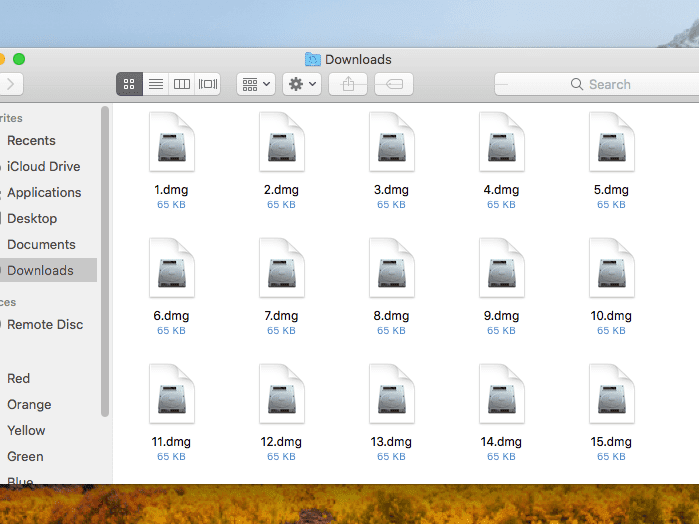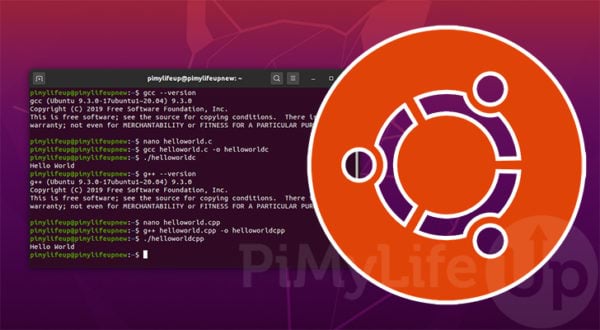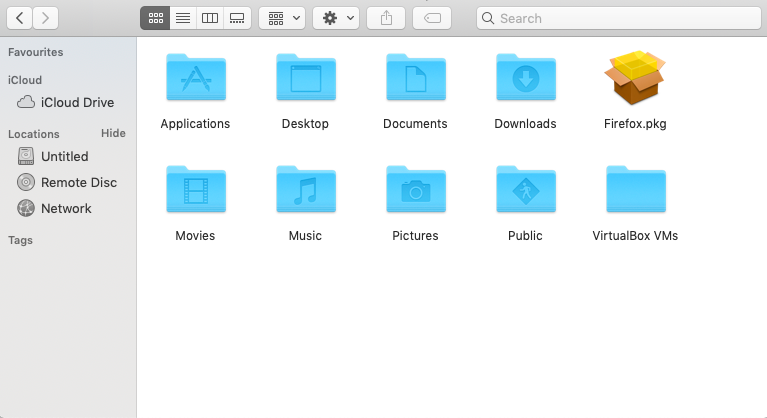- .dmg is a disk image, and a.pkg is sort of like a zipped file. I don't know the advantages to either of them, though. Comment solaris macrumors 6502a.
- Composer allows you to rebuild an existing package (PKG, DMG, or MPKG) by converting it to a package source. After converting it to a package source, you can make changes to its contents and save a new copy of the package. Open Composer and authenticate locally. Drag the package you want to convert from the Finder to the sidebar in Composer.
Converting a.dmg File to a.pkg File Before Deployment Jamf Now only supports.pkg files for package deployment. If you have an app that is not available in the.pkg file type, you will need to repackage the.dmg file as a signed.pkg file before distributing with Jamf Now.
Scroll down to “Update and Solution” to see how to get this to work.
Apple recently released new installers for Mac OS X/OS X/mac OS to deal with expired certificates:
Three of the six are links to the Mac App Store:
The other three are URLs to download DMGs:
- macOS Sierra – InstallOS.dmg
- OS X El Capitan – InstallMacOSX.dmg
- OS X Yosemite – InstallMacOSX.dmg

Today I tried (and failed) to create a new Virtual Machine in either Parallels or VMware Fusion using one of these DMGs, specifically, the El Capitan one.
I will explain what I did, and where I got stuck, in the hopes that someone else might figure out what I did wrong and point me in the right direction.
Download the DMG
Apple has created three DMGs for Yosemite, El Capitan, and Sierra, but couldn’t be bothered to give them useful names, so Yosemite and El Capitan are called ‘InstallMacOSX.dmg’ and Sierra is ‘InstallOS.dmg’.
Likewise the DMGs aren’t named usefully when you mount them either, so make sure you name the DMGs well when you download them to avoid confusion. Here’s how to download it and rename it at the same time
Mount the DMG
Open the ‘~/Downloads/InstallElCapitan.dmg’
That will leave you with
“/Volumes/Install OS X/InstallMacOSX.pkg”
Extract the App
Don’t try to install from that .pkg file, it probably won’t work unless the Mac you’re using is capable of running El Capitan:

Instead, open it with Suspicious Package which will let you examine the contents of the .pkg file, as shown here:


Note the area in the red box. Obviously that’s not the full installer, despite the .dmg being over 6 GB. But let’s export it anyway:
Save it to /Applications/ (or wherever you prefer, but that’s where I’ll assume it is for the rest of these instructions).
Don’t eject “/Volumes/Install OS X/InstallMacOSX.pkg” yet, we still need to get the actual .dmg from it.
Make A Pkg From Dmg Converter
Get the other DMG
Download The Archive Browser if you don’t already have it (it’s free!) and use it to open “/Volumes/Install OS X/InstallMacOSX.pkg”.
It will look like this:
Click on the triangle to the left of “InstallMaxOSX.pkg” to reveal its contents, and select the “InstallESD.dmg” file from it.
Once it is selected, choose “Extract Selected” from the bottom-left. Save it to ~/Downloads/ (it won’t be staying there long).
Ok, this part could be confusing…
When The Archive Browser exports the file, it will not just export the “InstallESD.dmg” file. First it creates a folder “InstallMacOSX” and then it created “InstallMacOSX.pkg” inside that folder, and the “InstallESD.dmg” file is put inside the .pkg… but you can’t see it, because the .pkg file won’t let you open it.
That’s OK, because we’re going to use Terminal.app to move the file into place anyway.
First we need to create a directory inside the ‘Install OS X El Capitan.app’ which we previously saved to /Applications/. We’re going to use the same folder for two commands and we want to make sure we get it exactly right both times, so we’ll make it a variable:
Then use the variable with mkdir to create the folder:
and then we need to move the “InstallESD.dmg” file into that folder
Note: you probably want to trash the ‘~/Downloads/InstallMacOSX/InstallMacOSX.pkg’ (and its parent folder) now that it is empty, to avoid confusion later
Now if you look at the ‘Install OS X El Capitan.app’ in the Finder, it should show itself as 6.21 GB:
So close, and yet…
VMWare was willing to start trying to make a virtual machine using the app, but it failed when it came to the actual installation part:
I don’t know what to try next. Parallels would not use either the ‘Install OS X El Capitan.app’ or the ‘InstallESD.dmg’ to try to create a new virtual machine.
Update and Solution
I posted a question on the VMware Fusion support forum asking how to do this, and someone came up with a very clever solution, which I will replicate here in case others are interested. The idea is simple, but I never would have thought of it.
- Create a virtual machine of any version of macOS, even the current version that you are using on your Mac.
Inside the VM, download the .dmg (see below) and mount it.
Launch the .pkg inside the .dmg.
The .pkg seems to understand that it is inside a VM, and will install the app, which it would not do outside of the VM. Note that the Installer.app says that it will only take a few megabytes, but that is incorrect.
Find the “Install OS X El Capitan.app” (or whatever the app name is) in the /Applications/ folder inside the VM. It should be over 6 GB in size.
Copy the “Install….app” from the VM out to your actual Mac.
Create a new VM using the “Install….app” from the /Applications/ folder on your Mac.
Step #4 is the part that I never would have guessed. The .pkg would not install the app outside of a VM, but will install it inside of a VM.
This worked perfectly with the El Capitan .dmg file, and I’m currently doing the same with Yosemite and Sierra. Then I’ll try the older versions of Mac OS X from old installers that I have from before they disappeared from Apple’s servers.
Update 2
Turns out that Rich Trouton wrote about this technique back in early 2017:
But I wasn’t working with VMs at the time, so I must not not stored that in my long-term memory.
Update 3
I had saved the older installers for Lion, Mountain Lion, and Mavericks, which are no longer available for download.
Each of them still installed as a VM. Apparently they were not signed with the certificates that expired.
Older versions of Mac OS X (10.6.8 and before) are not available to virtualize.
Comments:Make A Pkg From Dmg Download
- Chuck, I have a cert that I want to push and the parameters are
security add-trusted-cert -d -r trustRoot -k '/Library/Keychains/System.keychain' 'CertRoot.cer'
This works in scripting with the dependencies cert but I want to run this as a managed install. I zipped up cert and a script.sh file which reads the script from above. How do I go about unzipping and calling for script.sh to run? - sam2404 years ago- I have found the using disk images and uploading the dmg to KACE to be more reliable. The K1000 will automatically mount the disk image when used as a managed install. Specify the script.sh in the command line. Also, if you make a package that runs your script and put that on a disk image the K1000 will automatically run the package for you without changing the managed install settings. That has been the most reliable method for me. - chucksteel4 years ago
- I created a DMG file with an executable script but when I call the script, I get an error, *** Error reading file 'certroot.cer' even though it's included in the dmg. When I run the command in terminal and mention the path for the cert then it works fine like security add-trusted-cert -d -r trustRoot -k '/Library/Keychains/System.keychain' UsersUserdesktopCertRoot.cer but I just do 'CertRoot.cer' it doesn't work - sam2404 years ago
- Depending on how you created the disk image it should mount with a specific volume name. So if the volume's name is CertInstall you can reference the file as /Volumes/CertInstall/CertRoot.cer - chucksteel4 years ago